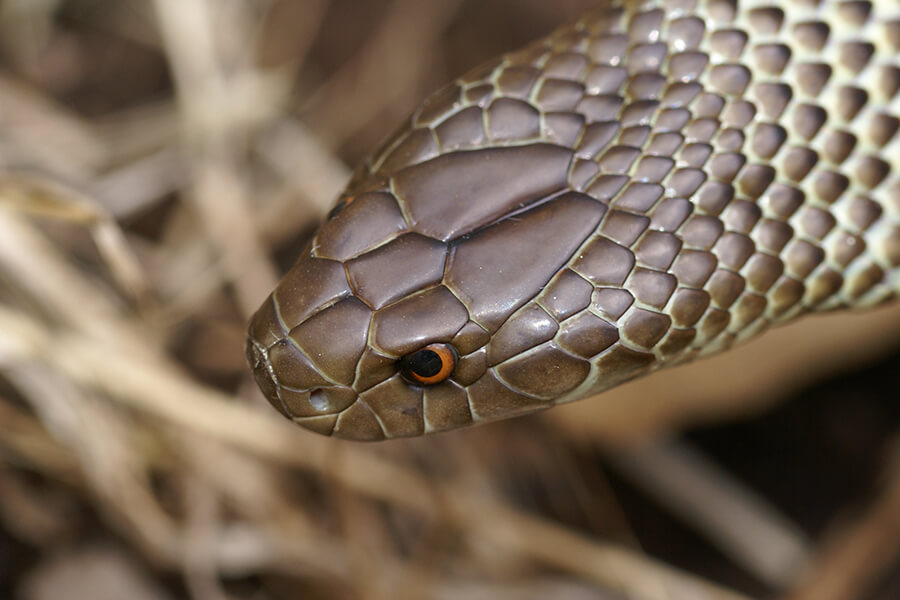Introduction
Tiger serpents are amongst one of the most poisonous snakes in Australia, understood for their aggressive nature and powerful poison. Experiencing a tiger serpent can be a worrying experience, specifically if you're unaware of just how to respond in case of a bite. This detailed guide is created to furnish you with important knowledge on what to do in case of a tiger serpent bite, ensuring your security and providing you the confidence to act decisively.
What to Do in Situation of a Tiger Snake Bite?
A tiger snake bite is a medical emergency that calls for prompt action. If bitten, follow these steps:
Stay Calm: Panic can boost your heart rate, creating the venom to spread quicker through your bloodstream. Call for Help: Dial emergency situation services right away or have a person take you to the local hospital. Immobilize the Influenced Limb: Keep the bitten limb as still as possible; immobilization reduces venom circulation. Remove Tight Garments or Jewelry: As swelling might take place, it's important to get rid of anything that might tighten blood flow. Do Not Apply Ice or Tourniquets: These approaches can create more injury than great by damaging tissue and restricting blood flow. Monitor Symptoms: Keep track of any signs and symptoms like problem breathing or loss of consciousness.Understanding the Tiger Snake
Habitat of the Tiger Snake
Tiger serpents are typically found in coastal and inland locations throughout southern Australia, consisting of Tasmania. They favor habitats such as marshes, swamps, and grasslands where they can find adequate food resources like frogs and little mammals.
Are Tiger Snakes Venomous?
Yes! Tiger snakes possess extremely toxic venom that can bring about severe illness or fatality otherwise dealt with promptly. Their poison contains neurotoxins that affect the nerve system, resulting in paralysis and various other critical symptoms.
First Aid for Serpent Bites: Essential Knowledge
Recognizing a Serpent Bite
A serpent bite can sometimes be challenging to spot right away. Try to find:
- Two leak wounds Swelling around the bite area Pain or tenderness Discoloration
Symptoms After a Tiger Serpent Bite
After being attacked by a tiger snake, targets may experience:
- Nausea Vomiting Abdominal pain Weakness Difficulty breathing
First Help Steps for Serpent Bites
1. Immobilization Techniques
It's important to maintain the affected limb paralyzed using splints or bandages.
2. Compression Bandaging
Using a stretchable bandage can help slow down poison spread however must not be too tight-- examining blood circulation is crucial.

Snake Bite Emergency treatment Package Essentials
To take care of emergencies successfully, having a well-stocked emergency treatment set is vital. Here are things every serpent bite emergency treatment package ought to consist of:

|Product|Description|| ---------------------------|------------------------------------|| Compression plasters|For immobilization|| Triangular plasters|To create slings|| Scissors|For reducing clothes|| Antibacterial wipes|To clean the injury|| Emergency situation call numbers|For quick gain access to throughout an emergency|
Understanding Different Kinds of Serpents in Australia
Eastern Tiger Snake vs Tasmanian Tiger Snake
While both types come from the very same household, recognizing their distinctions can be crucial:
- Eastern tiger snakes are usually extra hostile than their Tasmanian counterparts. Coloration differs from olive-green to brown hues.
Other Venomous Snakes in Australia
Australia hosts a selection of unsafe serpents:
- King Brown Snake Eastern Brown Snake Common Fatality Adder
Knowing these varieties will certainly enhance understanding when passing through Australian landscapes.
Safety and Prevention Tips
How to stop Serpent Bites?
Wear safety garments when hiking. Stay on recognized trails. Avoid tall turf and thick underbrush where serpents might reside. Be careful while dealing with logs or rocks.What Must You Do If You Experience a Snake?
If you see a serpent:
- Remain tranquility and retreat slowly. Do not attempt to manage or prompt it.
FAQs Regarding Tiger Snakes
1) What must I do first if bitten by a tiger snake?
Immediately ask for emergency help and debilitate the damaged arm or leg without using ice or tourniquets.
2) How much time does it take for signs and symptoms to show up after being bitten?
Symptoms may materialize within minutes yet can range individuals; it's vital not to postpone treatment despite symptom onset.
3) Can I use ice on a snake bite?
No, using ice might cause more tissue damage; instead, focus on keeping the arm or leg still http://kameronpzlu993.cavandoragh.org/first-aid-for-a-snake-bite-a-step-by-step-approach and obtaining snake bite first aid kits medical attention.
4) Are baby tiger snakes much less dangerous than adults?
While child tiger snakes have less poison generally, they are still with the ability of providing serious bites and ought to be treated with caution.
5) How effective is antivenom against tiger snake bites?
Antivenom is very effective when administered without delay after envenomation; prompt medical attention significantly increases survival rates.
6) Is it risk-free to suck out poison from a serpent bite?
No! Sucking out the poison is inefficient and are tiger snakes venomous can aggravate injury; it's important just to look for specialist medical treatment.
Conclusion
In case you ever before discover on your own faced with what appears like an unfortunate case involving a tiger serpent bite, remember this guide on "What to Do in Instance of a Tiger Serpent Bite: Comprehensive Emergency Treatment Overview." Knowledge really is power when it boils down to preventing fatalities from such experiences! Constantly prioritize looking for prompt clinical assistance while carrying out standard first aid steps-- your fast actions might possibly save lives!
Stay aware of your environments while delighting in nature's beauty to make sure that you remain risk-free in environments where these stunning creatures stroll freely!